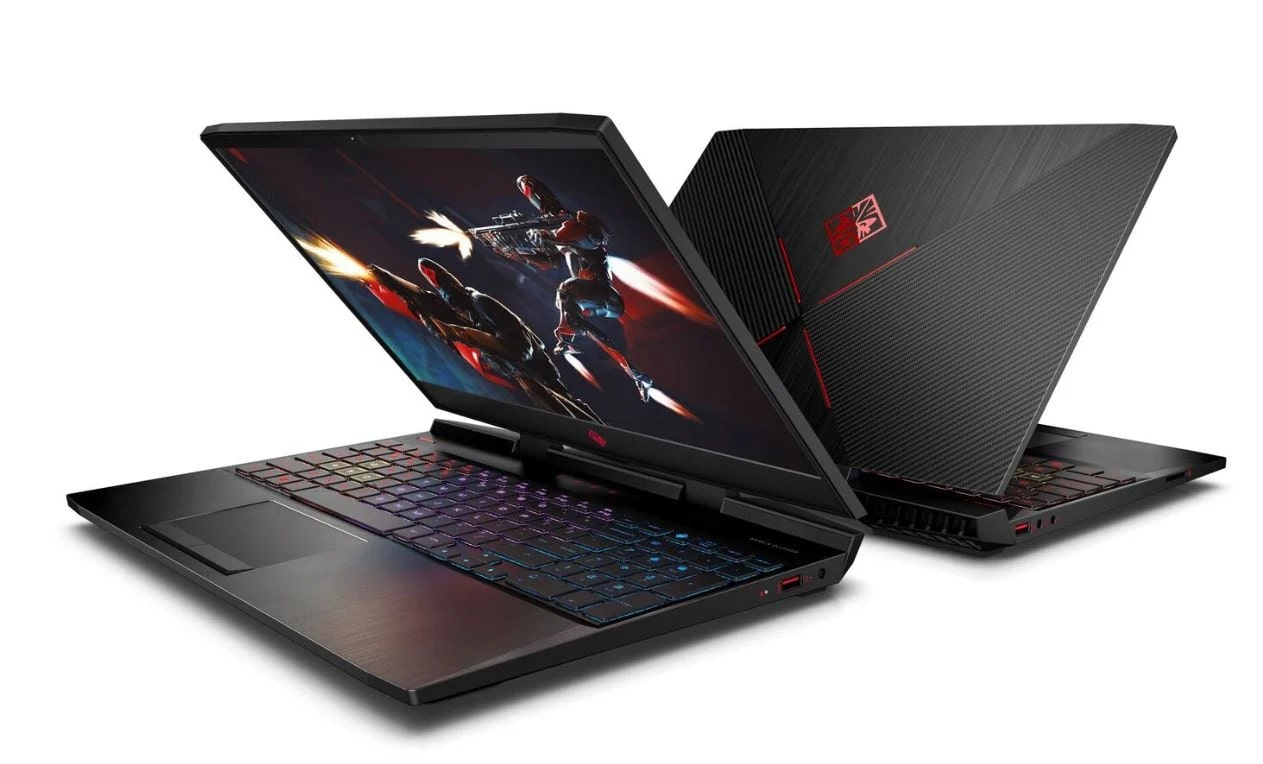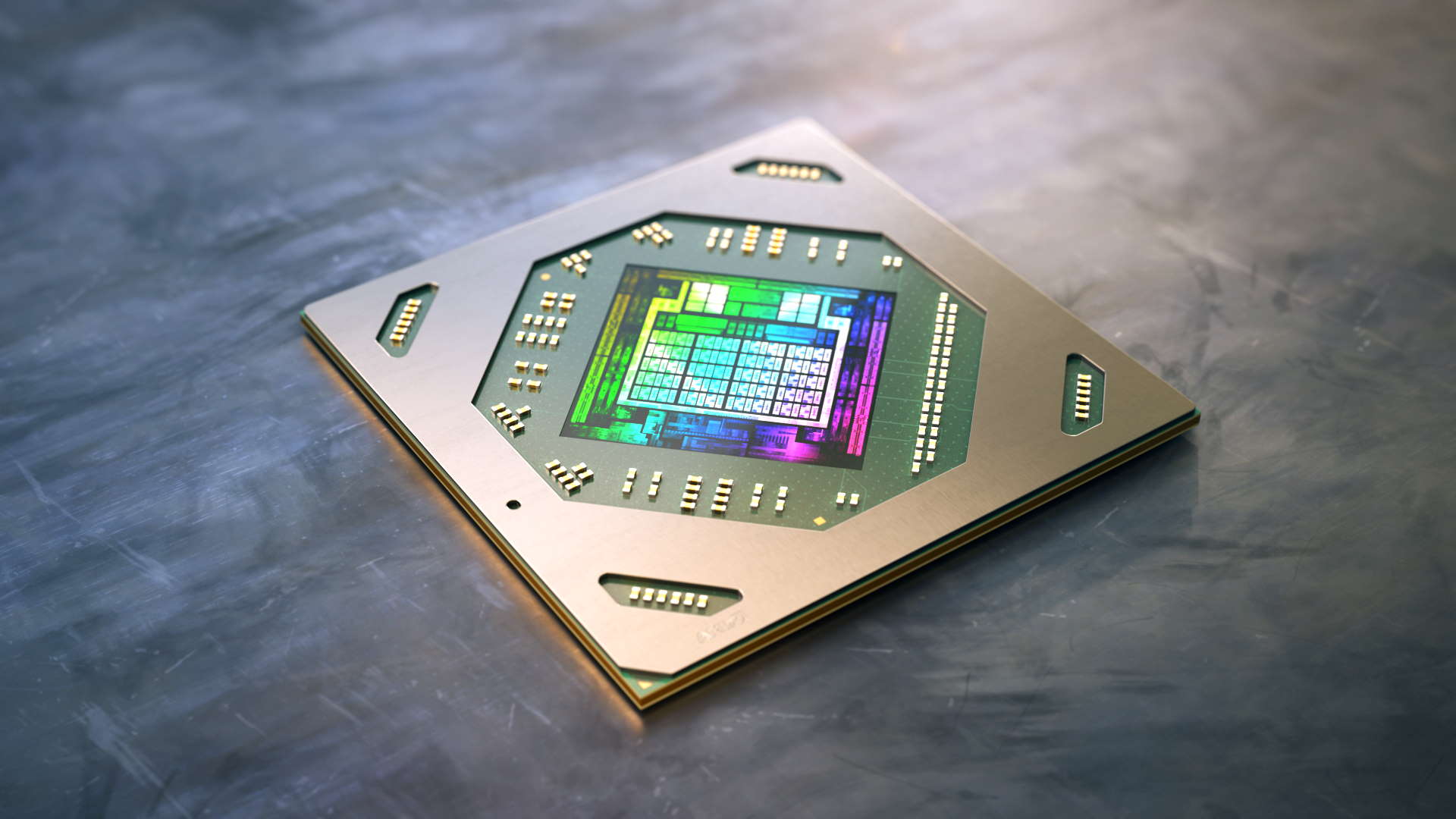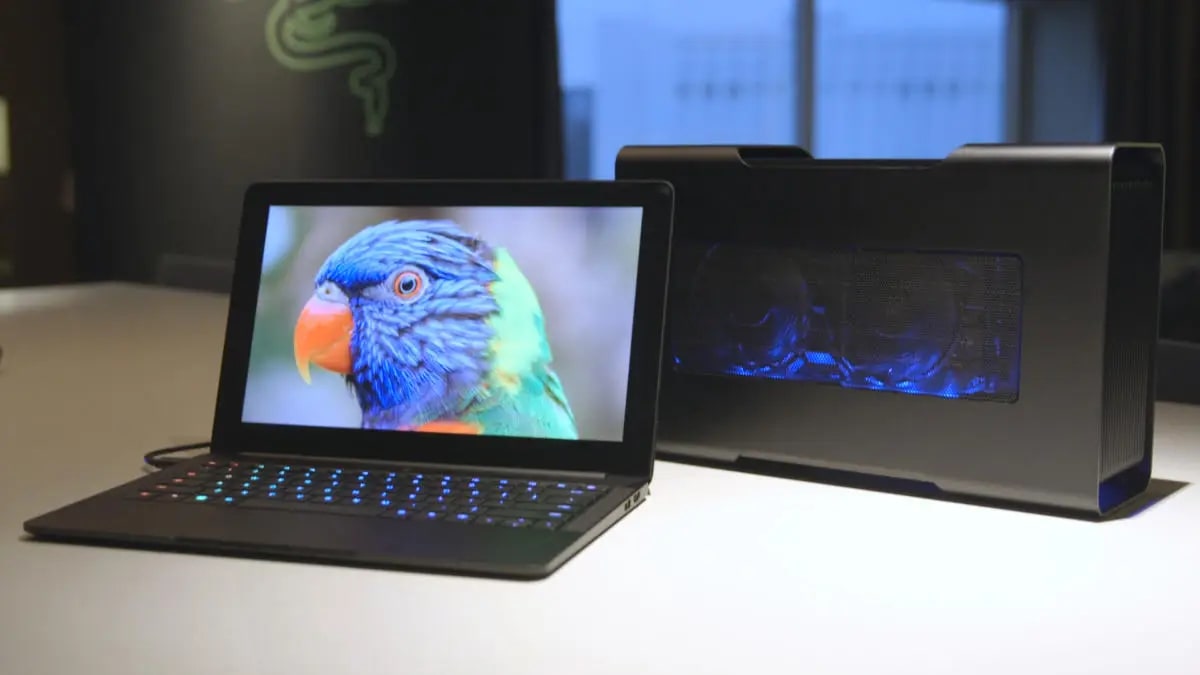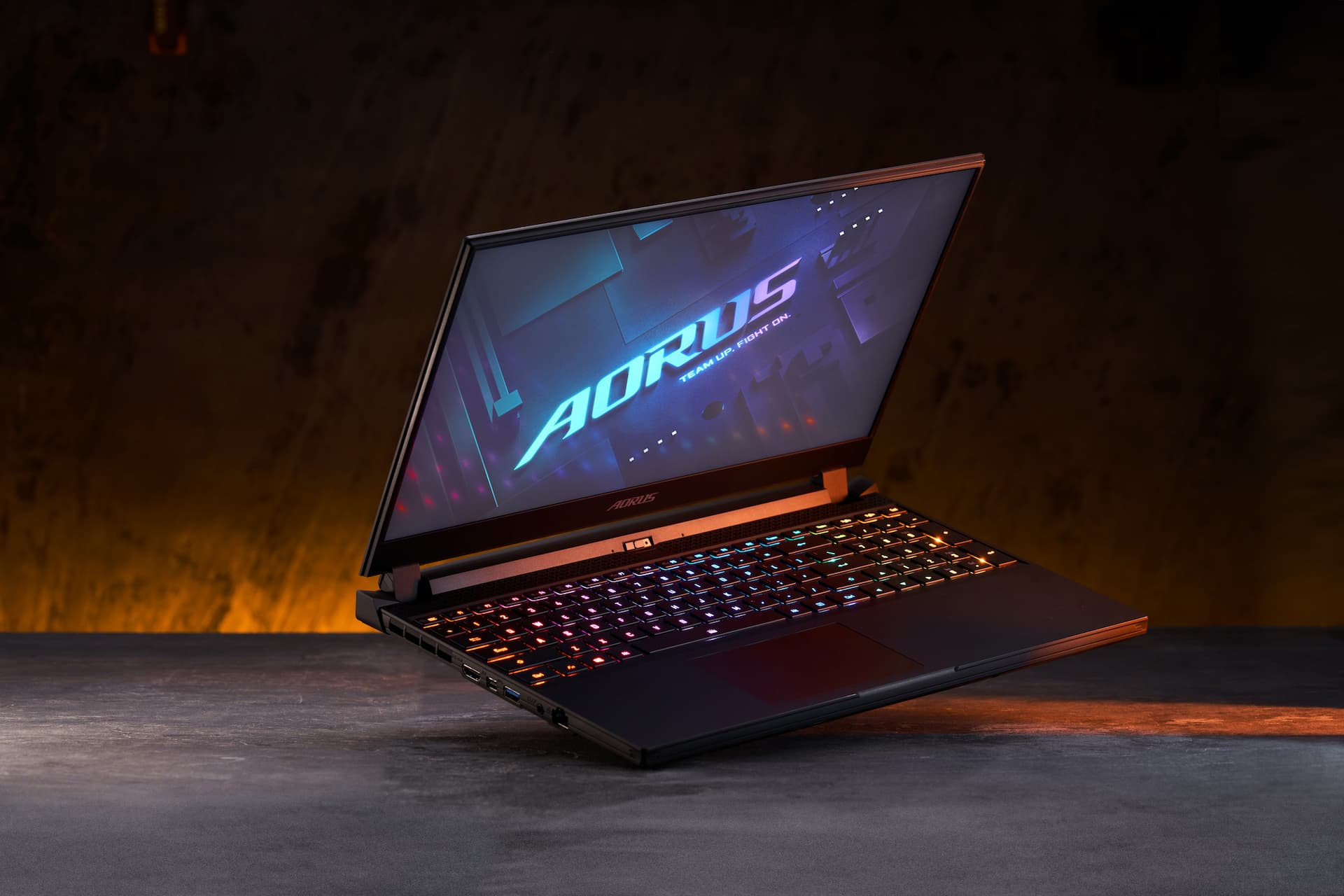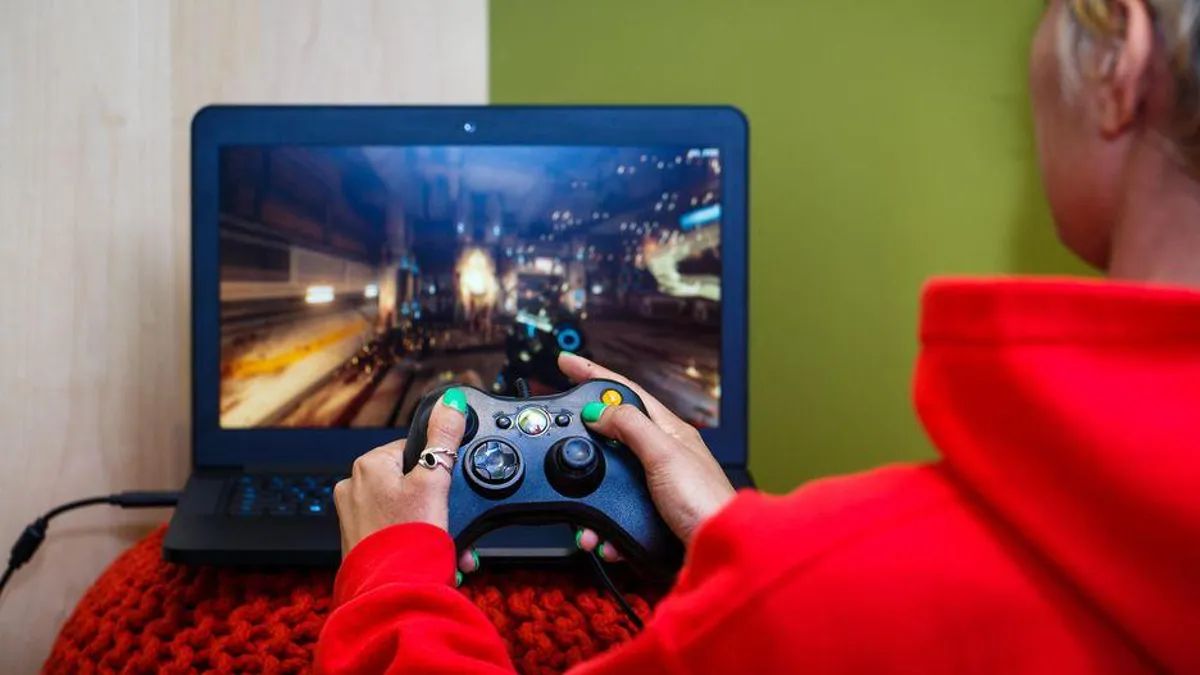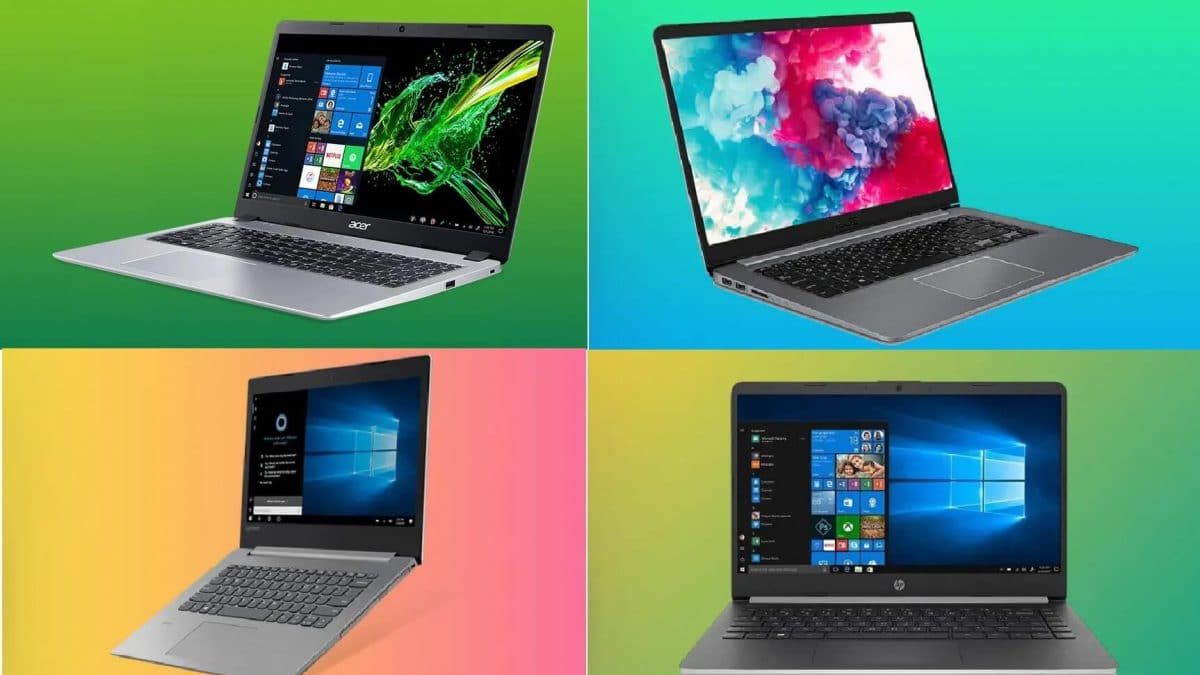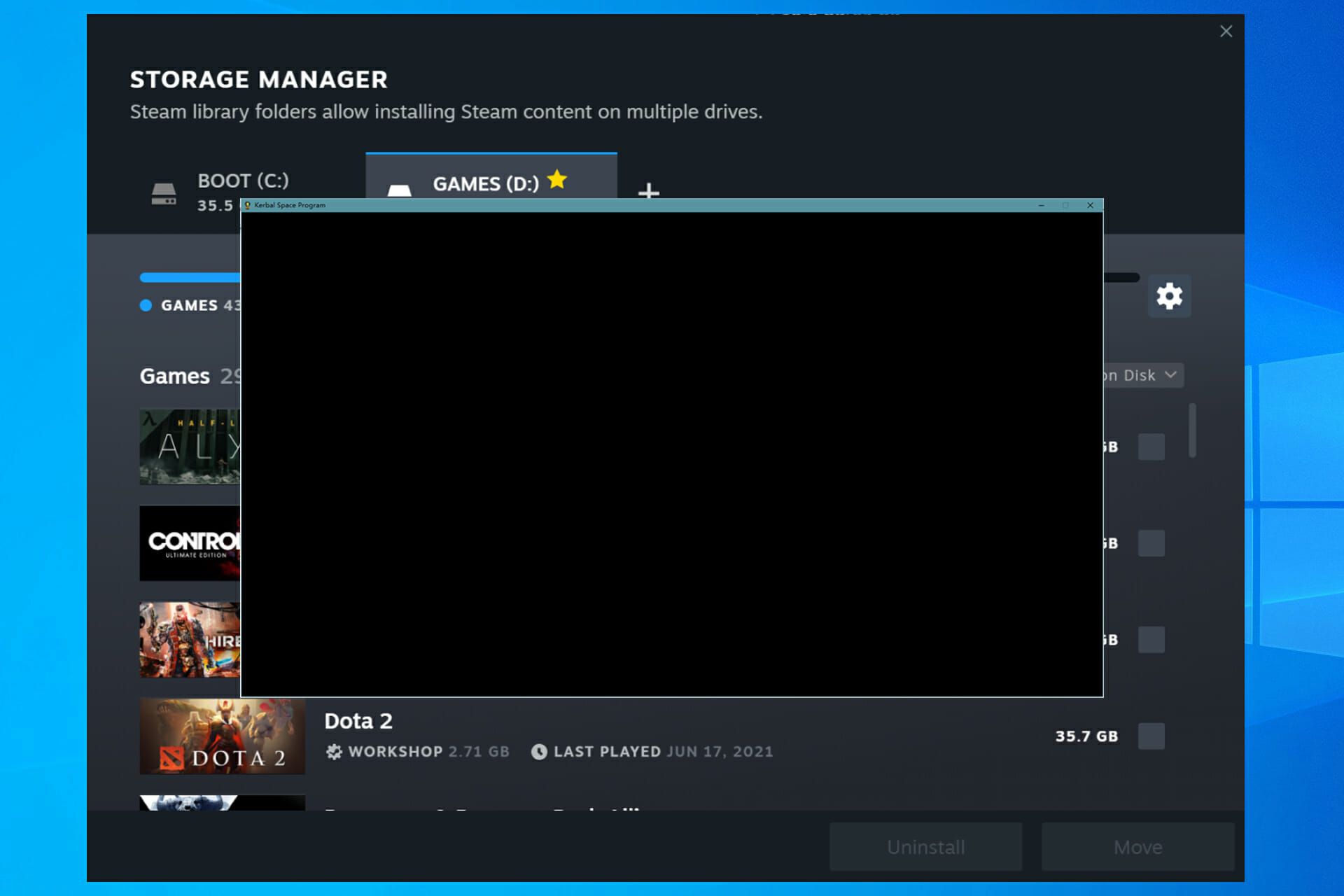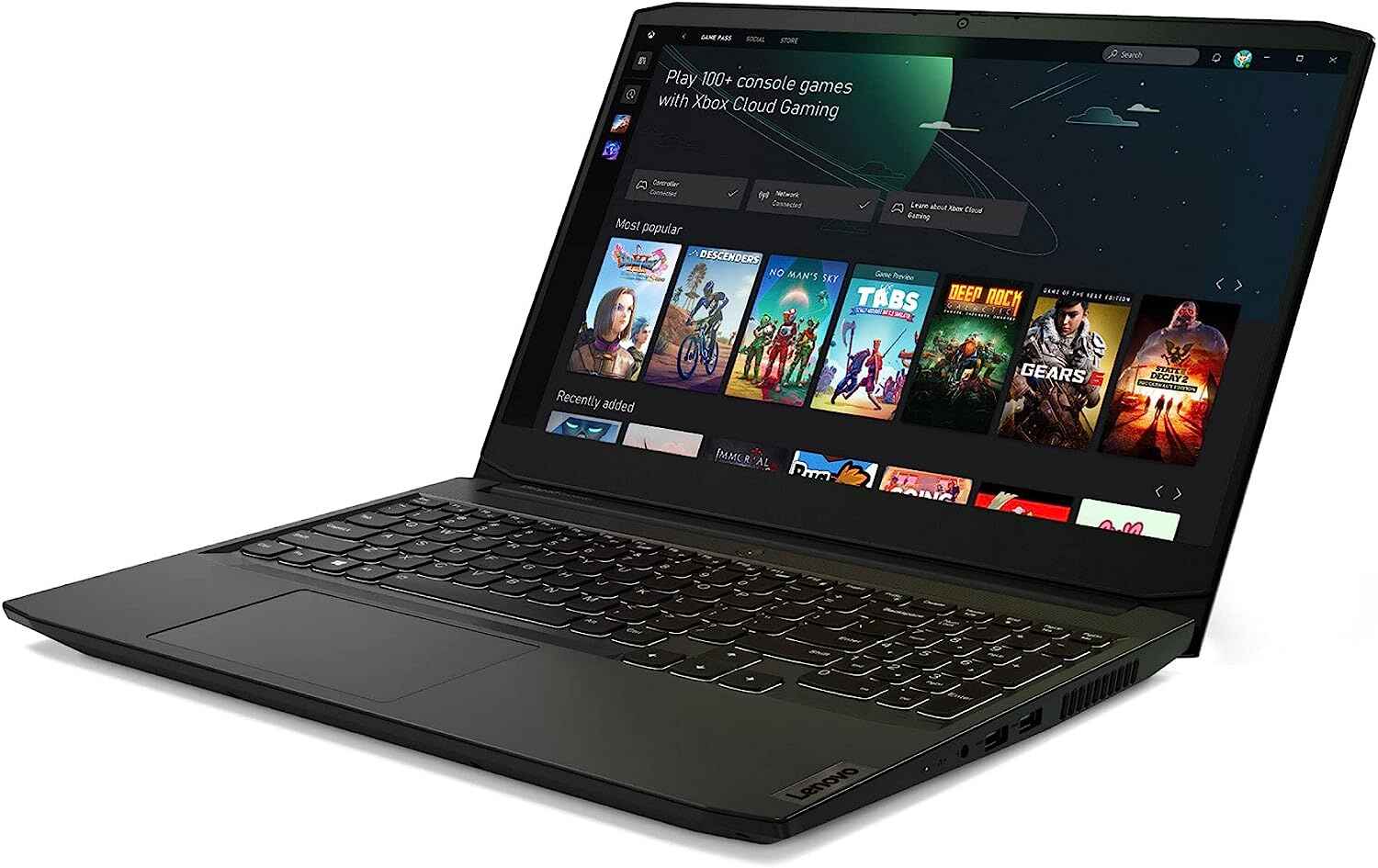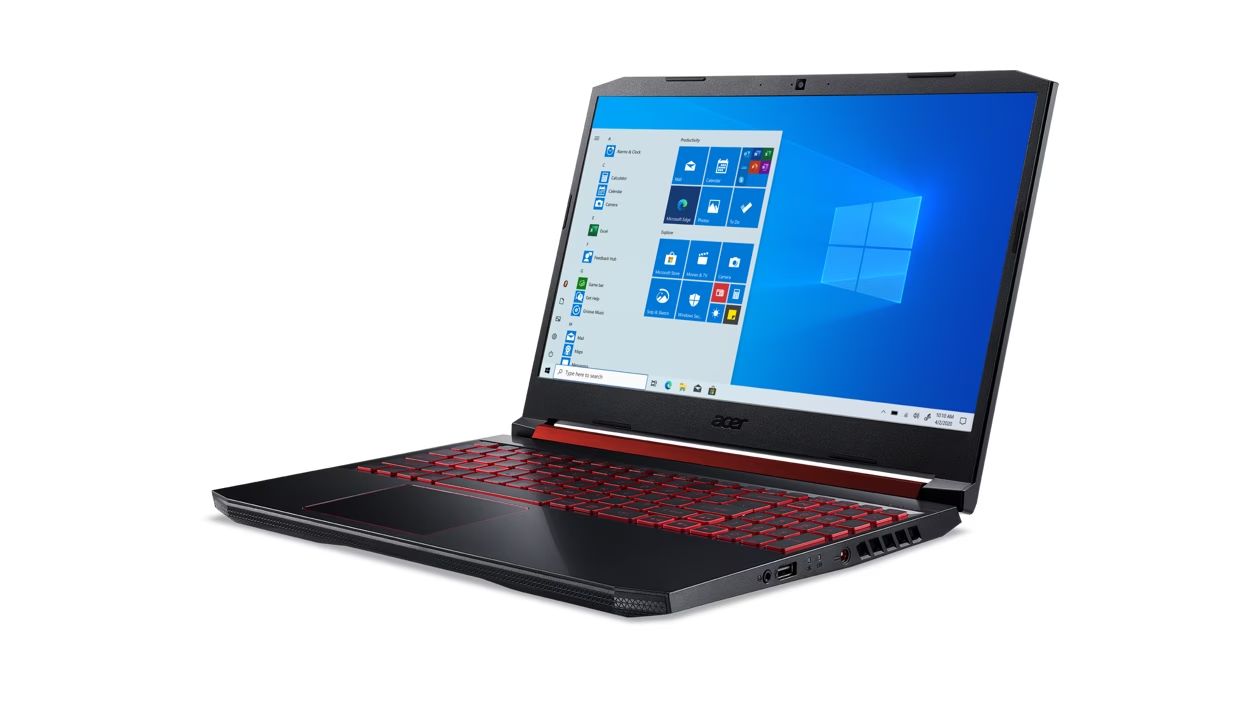Introduction
Gaming on a laptop has become increasingly popular in recent years, with advancements in technology allowing for high-performance graphics and immersive gameplay. One of the key components that determines the gaming experience on a laptop is the graphics card. Whether you’re a casual gamer or a hardcore enthusiast, choosing the right graphics card for your laptop is crucial in ensuring smooth gameplay, realistic visuals, and optimal performance.
When it comes to laptop gaming, there are two types of graphics cards to consider: integrated graphics and dedicated graphics. Integrated graphics are built into the laptop’s processor and rely on shared system memory. While they are sufficient for basic tasks and light gaming, they often struggle to handle demanding games with high graphical requirements. On the other hand, dedicated graphics cards have their own dedicated video memory and processing power, providing a significant boost in gaming performance.
When choosing a graphics card for laptop gaming, there are several factors to consider. Firstly, you should determine your gaming needs and the type of games you’ll be playing. If you’re into casual or older games, an entry-level graphics card may suffice. However, if you’re a fan of AAA titles or want to play the latest games at high settings, you’ll need a more powerful graphics card.
The next consideration is the compatibility of the graphics card with your laptop. Not all laptops are upgradable, so it’s important to check if your laptop has a dedicated graphics card slot and supports the chosen graphics card. You should also consider the power consumption and heat generation of the graphics card, as higher-end cards tend to require more power and may lead to increased heat levels, which can impact the overall laptop performance and lifespan.
Additionally, budget plays a crucial role in choosing a graphics card. High-end graphics cards can be quite expensive, so it’s important to establish a budget and find a balance between performance and affordability. There are often lower-priced options available that still offer excellent gaming performance for your laptop.
Now that we have covered the basics of choosing a graphics card for laptop gaming, let’s delve into the top graphics cards currently available for laptops. Whether you’re looking for impressive frame rates, stunning visuals, or a combination of both, these graphics cards will take your gaming experience to new heights.
Integrated Graphics vs Dedicated Graphics
When it comes to laptop gaming, the choice between integrated graphics and dedicated graphics can greatly impact your gaming experience. Let’s dive into the differences between the two.
Integrated graphics, also known as onboard graphics, are integrated into the laptop’s processor. They rely on shared system memory, meaning they use a portion of your laptop’s RAM for graphics processing. Integrated graphics are generally less powerful compared to dedicated graphics cards, as they prioritize power efficiency and cost-effectiveness.
Integrated graphics are suitable for casual gamers or those who mainly use their laptops for everyday tasks such as web browsing, email, and light gaming. They can handle older or less demanding games and multimedia content with ease. However, when it comes to playing AAA titles or graphically intensive games, integrated graphics may struggle to provide smooth gameplay and realistic visuals.
Dedicated graphics cards, also known as discrete graphics, are separate components that have their own dedicated video memory and processing power. They are designed specifically for graphics-intensive tasks, including gaming, 3D modeling, and video editing. Dedicated graphics cards offer a significant boost in gaming performance and can handle the latest games and advanced graphical effects with ease.
One of the main advantages of dedicated graphics cards is the ability to adjust graphics settings for optimal performance. Gaming enthusiasts can tweak settings such as resolution, texture quality, and anti-aliasing to achieve the desired balance between visual fidelity and frame rate. This flexibility allows for a customized gaming experience, ensuring smooth gameplay without compromising on visual quality.
While dedicated graphics cards provide superior gaming performance, they do come with a few considerations. They tend to consume more power and generate more heat compared to integrated graphics. This can lead to decreased battery life and increased laptop temperatures, potentially impacting overall system performance and longevity. Additionally, dedicated graphics cards are typically more expensive than laptops with integrated graphics, making them a pricier option for budget-conscious gamers.
In summary, integrated graphics are suitable for casual gamers or those on a tight budget, providing adequate performance for everyday tasks and light gaming. However, for avid gamers or those seeking a premium gaming experience, dedicated graphics cards are the way to go. They offer superior graphics performance and customization options, allowing for smooth gameplay and stunning visuals. The choice between integrated graphics and dedicated graphics ultimately depends on your gaming needs, budget, and desired level of performance.
What to Consider When Choosing a Graphics Card for Laptop Gaming
Choosing the right graphics card for laptop gaming requires careful consideration of several key factors. Let’s explore what you should keep in mind when making this important decision.
1. Gaming Needs: Evaluate your gaming needs and the types of games you’ll be playing. Are you a casual gamer who enjoys older or less demanding titles, or are you a hardcore enthusiast who wants to play the latest AAA games at high settings? Understanding your gaming requirements will help you determine the level of graphics performance you need.
2. Compatibility: Check the compatibility of the graphics card with your laptop. Not all laptops have upgradeable graphics card slots or support external graphics solutions. Make sure your laptop has the necessary hardware and software requirements to accommodate the chosen graphics card.
3. Power Consumption and Heat: Consider the power consumption and heat generation of the graphics card. High-performance graphics cards tend to require more power and generate more heat, which can impact battery life, system performance, and overall laptop temperature. Ensure that your laptop has adequate cooling mechanisms to handle the heat generated by the graphics card.
4. Budget: Determine your budget for the graphics card. High-end graphics cards can be quite expensive, so it’s important to strike a balance between performance and affordability. Consider your financial limitations and explore options that offer good gaming performance within your budget.
5. Brand and Warranty: Research reputable graphics card brands and consider factors such as customer reviews, reliability, and warranty options. Opting for a trusted brand with good customer support can provide peace of mind, especially when dealing with potential hardware issues or driver updates.
6. VR and Multi-Monitor Support: If you are interested in virtual reality gaming or using multiple monitors, ensure that the graphics card supports these features. VR gaming requires a powerful graphics card to provide smooth and immersive gameplay, while multi-monitor setups require sufficient video outputs and graphics processing power.
7. Future Upgradability: Consider your future upgradability options. If you anticipate the need to upgrade your graphics card in the future, ensure that your laptop’s design allows for graphics card upgrades. Some laptops have proprietary graphics card slots, which can limit your options for future upgrades.
8. Research and Reviews: Finally, do thorough research and read reviews about the graphics card you are considering. Look for customer feedback, benchmarks, and performance comparisons to gain a better understanding of how the graphics card performs in real-world gaming scenarios.
By considering these factors, you can make an informed decision and choose a graphics card for your laptop that meets your gaming needs, budget, and future aspirations.
Top Graphics Cards for Laptop Gaming
When it comes to laptop gaming, having a powerful graphics card is essential for smooth gameplay and stunning visuals. Here are some of the top graphics cards currently available for laptop gaming:
1. NVIDIA GeForce RTX 3080: The GeForce RTX 3080 is a flagship graphics card that delivers exceptional gaming performance. It features ray-tracing technology, DLSS support, and a massive 10GB of GDDR6X memory, making it perfect for playing the latest AAA titles at high resolutions and max settings.
2. AMD Radeon RX 6700M: The Radeon RX 6700M, part of AMD’s RDNA 2 architecture, offers excellent gaming performance and power efficiency. It features 12GB of GDDR6 memory and supports ray tracing, allowing for immersive visuals and smooth gameplay on modern gaming titles.
3. NVIDIA GeForce RTX 3060 Ti: The GeForce RTX 3060 Ti is a powerful mid-range graphics card that offers great value for money. With 8GB of GDDR6 memory and support for ray tracing, it provides impressive gaming performance for both high-end and mainstream gaming laptops.
4. AMD Radeon RX 5600M: The Radeon RX 5600M is a solid graphics card that offers excellent performance for its price. With 6GB of GDDR6 memory and AMD’s RDNA architecture, it can handle most games at 1080p resolution with ease.
5. NVIDIA GeForce GTX 1660 Ti: The GeForce GTX 1660 Ti is an older but still capable graphics card that provides good gaming performance at a more affordable price point. With 6GB of GDDR6 memory, it can handle modern games at 1080p resolution with respectable frame rates.
6. AMD Radeon RX Vega 56: The Radeon RX Vega 56 is another option for budget-conscious gamers. With 8GB of HBM2 memory, it offers decent gaming performance for 1080p gaming and can even handle some games at 1440p resolution.
7. NVIDIA GeForce GTX 1650: The GeForce GTX 1650 is an entry-level graphics card that provides affordable gaming performance for casual gamers. It has 4GB of GDDR6 memory and is suitable for playing older or less demanding games at 1080p resolution.
8. AMD Radeon RX 5500M: The Radeon RX 5500M is another entry-level graphics card that offers decent gaming performance for budget laptops. With 4GB of GDDR6 memory, it can handle most games at 1080p resolution with medium to high settings.
These are just a few of the top graphics cards available for laptop gaming. Depending on your budget and gaming needs, one of these options should provide the necessary power and performance to enhance your gaming experience on a laptop.
Conclusion
Choosing the right graphics card for laptop gaming is crucial in unlocking an immersive and enjoyable gaming experience. Whether you’re a casual gamer or a hardcore enthusiast, considering the factors discussed in this article can help you make an informed decision.
Integrated graphics are suitable for basic tasks and light gaming, while dedicated graphics cards offer superior performance and are essential for playing modern AAA games. However, dedicated graphics cards consume more power, generate more heat, and can be more expensive, so it’s important to balance your budget and gaming needs.
When choosing a graphics card, compatibility with your laptop and future upgradability are important factors to consider. It’s also essential to research reputable brands, read customer reviews, and ensure that the chosen graphics card meets your gaming requirements and supports features like VR and multi-monitor setups if desired.
Some of the top graphics cards for laptop gaming include the NVIDIA GeForce RTX 3080 and the AMD Radeon RX 6700M for high-end performance, the GeForce RTX 3060 Ti and the Radeon RX 5600M for a balance between performance and affordability, and the GeForce GTX 1660 Ti and the Radeon RX Vega 56 for budget-conscious gamers.
Ultimately, the best graphics card for your laptop gaming experience depends on your specific needs, budget, and future aspirations. By considering all these factors and choosing a graphics card that strikes the right balance for you, you can enjoy smooth gameplay, realistic visuals, and a truly immersive gaming experience.







